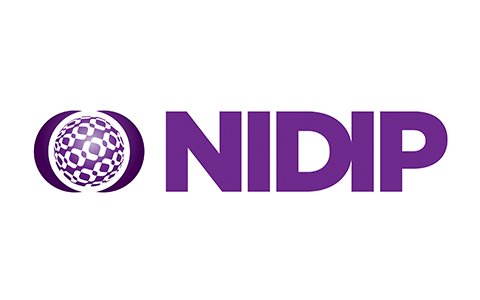Hospitalisations
July 2021
Citation:
Man, N., Chrzanowska, A., Sutherland, R., Degenhardt, L. & Peacock, A. (2021). Trends in drug-related hospitalisations in Australia, 1999-2019. Drug Trends Bulletin Series. Sydney: National Drug and Alcohol Research Centre, UNSW Sydney.
This bulletin reports on drug-related hospitalisations in Australia from 1999-00 to 2018-19, with a particular focus on opioid-, amphetamine and other stimulant-, cannabinoid-, and cocaine-related hospitalisations as per the aims of the Drug Trends program of work. Data were extracted from the National Hospital Morbidity Database held by the Australian Institute of Health and Welfare (AIHW). Full details of methods are available for download and should be read alongside this bulletin.
Key Findings
- There were 61,780 drug-related hospitalisations among Australians in 2018-19, equivalent to 0.54% of all hospitalisations in Australia.
- The age-standardised rate of drug-related hospitalisations was relatively stable between 1999-00 and 2009-10. It subsequently increased from 199 hospitalisations per 100,000 people in 2010-11 to 272 in 2015-16 and 2016-17, before declining to 250 in 2017-18. This rate remained stable in 2018-19 (251 hospitalisations per 100,000 people).
- In 2018-19, males accounted for 51% of drug-related hospitalisations. This is a reversal of findings up until 2014-15 where drug-related hospitalisations more commonly involved females than males.
- In 2018-19, the highest rates of drug-related hospitalisations were observed among the 20-29 and the 30-39 age groups. The greatest increase has been observed in males aged 40-49 and 50-59, with rates of drug-related hospitalisations over two times higher in 2018-19 than in 1999-00.
- In 2018-19, the majority of drug-related hospitalisations were among people residing in major cities (73% of hospitalisations where remoteness was coded), although the age-standardised rate of drug-related hospitalisations was highest in outer regional areas of Australia (292 hospitalisations per 100,000 people).
- In 2018-19, the largest proportion of drug-related hospitalisations was attributable to amphetamines and other stimulants (63 hospitalisations per 100,000 people, 25% of drug-related hospitalisations), followed by antiepileptic, sedative-hypnotic and antiparkinsonism drugs (e.g., benzodiazepines; 15%), opioids (14%), non-opioid analgesics (e.g., paracetamol, 11%), and cannabinoids (9.6%).
- Compared with the previous year, 2018-19 saw a significant decrease in rates of hospitalisations related to non-opioid analgesics (rate ratio=0.91; p<0.001), cannabinoids (rate ratio=0.94; p<0.001) and antiepileptic, sedative-hypnotic and antiparkinsonism drugs (rate ratio=0.95; p<0.001), while there was a significant increase in hospitalisation rates related to amphetamines and other stimulants (rate ratio=1.09; p<0.001), multiple drug use (rate ratio=1.16; p<0.001) and cocaine (rate ratio=1.33; p<0.001).
- In 2018-19, natural and semi-synthetic opioids (e.g., oxycodone, morphine) were responsible for nearly half (46%) of all hospitalisations due to opioid poisoning. The rate of hospitalisations involving natural and semi-synthetic opioids doubled from 1999-00 to 2018-19 (3.5 to 7.0 hospitalisations per 100,000 people, respectively).
- From 1999-00 to 2018-19, cannabinoid-related hospitalisations increased from 11 to 24 per 100,000 people. Psychostimulant-related hospitalisations also increased in that period, with cocaine-related hospitalisations increasing from 0.6 to 4.7 and amphetamines and other stimulants from 14 to 63 hospitalisations per 100,000 people. Opioid-related hospitalisations decreased from the peak of 52 hospitalisations per 100,000 people in 1999-00 to 33 hospitalisations per 100,000 people in 2018-19.
- Major cities had the highest rate of opioid-related (34 per 100,000 people) and cocaine-related (5.8 per 100,000 people) hospitalisations compared to other remoteness areas, while outer regional areas had the highest rate of hospitalisations related to amphetamines and other stimulants (70 hospitalisations per 100,000 people) and remote and very remote areas had the highest rate of cannabinoid-related hospitalisations (59 per 100,000 people).
- Important differences in age-standardised rate of drug-related hospitalisations by sex, age group, remoteness and drug type for each jurisdiction are discussed, and also available in our publicly-accessible online interactive visualisation.
Read the full bulletin here.











